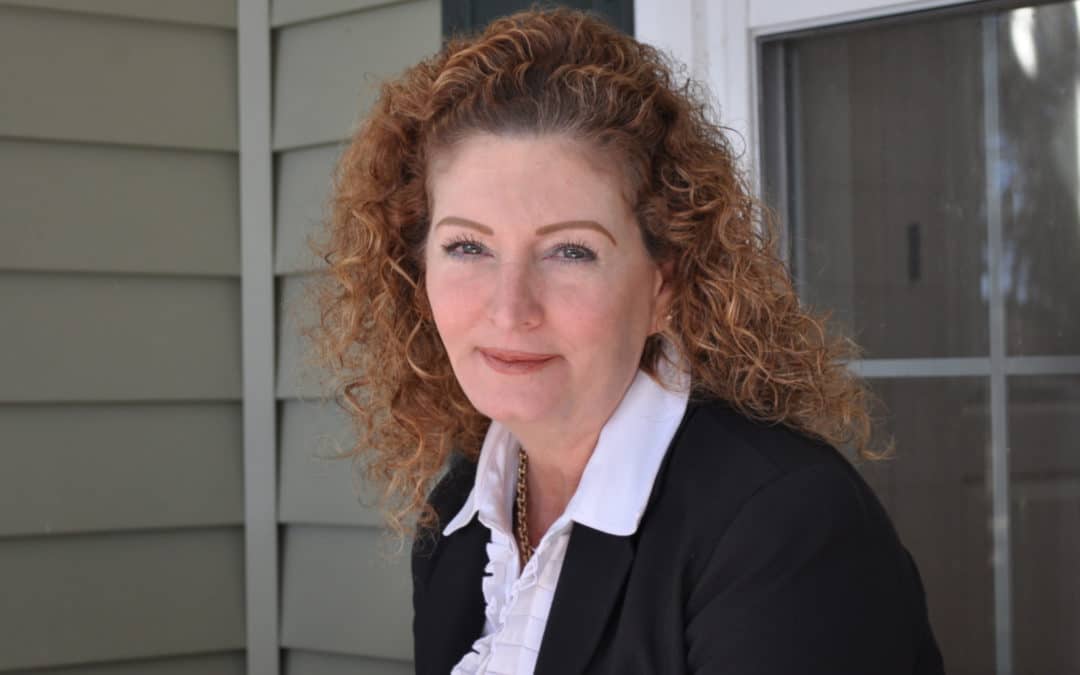
Dmitri Poukhovski: Business Automation Brings Efficiency, Accuracy, And Speed
Business automation gives a company the advantages of greater efficiency, accuracy, and speed. Leadership’s understanding of the company’s business processes can have a great impact on the success of a business automation project. "This, to me, is what process...

Thanos Lagios: Business Automation Generates Change And Productivity
Business automation brings significant change to an organization while also generating increased productivity. By including employees in the process, companies can ensure greater organizational buy-in for a business automation initiative "We found that timely...

Todd Simpson: Automation Allows The FDA To Extend Services
Digitized records improve report accuracy and have resulted in better customer communications so that a customer request for a past report can be filled in real time. One area of automation that has helped facilitate automation itself is application containerization...

Mike Wons: Business Automation Is A Journey
If processes aren’t working efficiently, technology might not be enabling people to do their jobs as effectively as they could. Business automation is a journey, not a destination. At the beginning, you build momentum by achieving quick wins. "Our role is to enable...

Valerie Vessey: Business Automation Delivers Efficiency
Business automation creates efficiencies that lay the foundation for future innovation of strategic benefit to the company. Through business automation, a company can also increase its accuracy and reduce the instances of human error. "Any time you can automate...

Aaron Gette: Benefits Of Automation Often Go Beyond Operational Gains
Although automation streamlines operations, it can also have collateral advantages, such as adding value to core business offerings. Automation requires planning to tie process changes back to business goals, and then working with people across the organization to get...

Michael Lampe: Active Learning Classrooms Increase Student Engagement
Colleges and universities that are designing active learning classrooms have an opportunity to take advantage of educational technology that benefits learners of all types. Active learning classrooms allow students to take greater ownership of the educational process...

Kevin Dalin: Open, Meaningful Conversations With Assistive Technologies
Universal Design applies to more than just assistive technologies, and all staff members should be trained in Universal Design principals so that they can help expand education access. Keep “simple and intuitive use” in mind to pick the most universal platform, and...

Devrim Ozdemir: Accessible Curriculum Begins With The Instructor But Requires A Team Effort
Thinking about accessibility throughout the course design process results in tools that help more students, including those who may not fit the typical profiles of students who need additional accessibility. Each institution has to build a process and structure that...

Kara Zirkle: Accessibility Starts in Procurement
Accessibility is more than just including alternative forms or documents or captioning videos in existing content. Instead, accessible technology should be instituted from the beginning of course design and creation to ensure true accessibility. Building accessibility...


